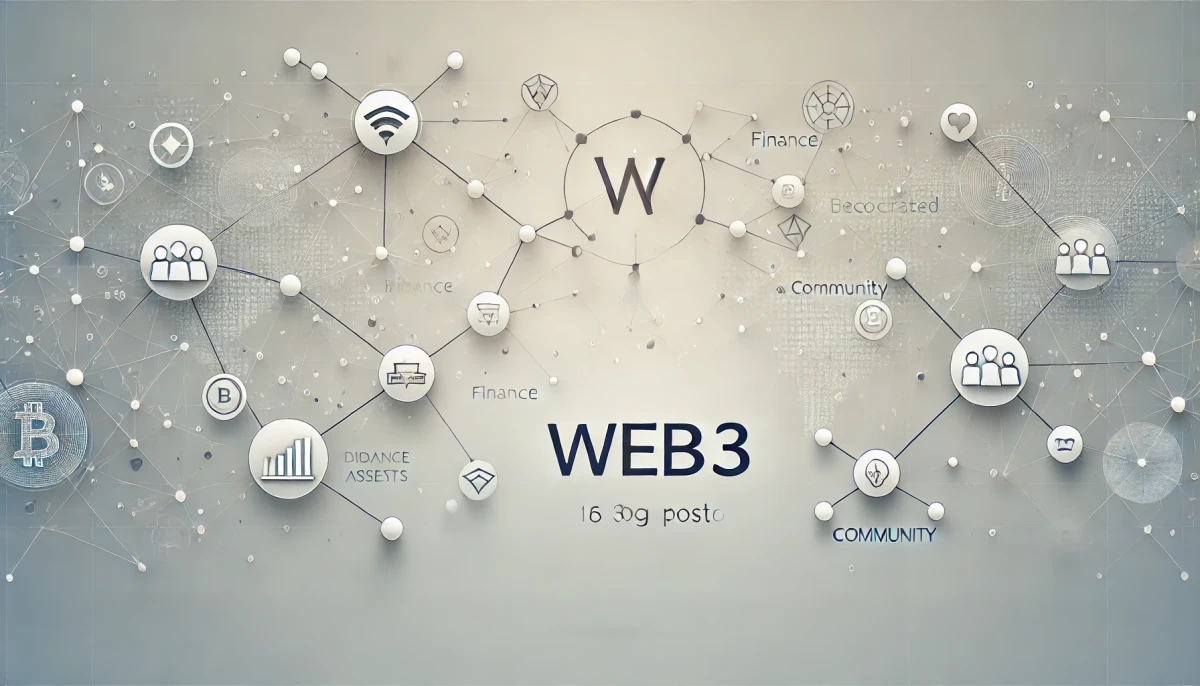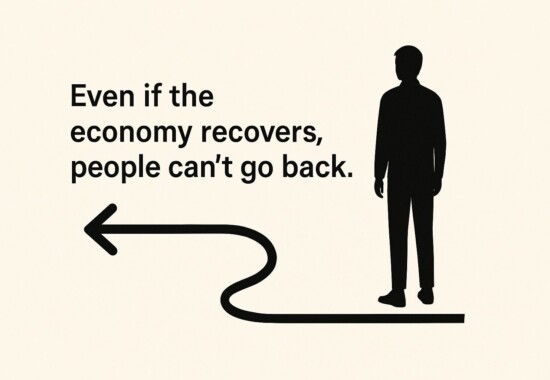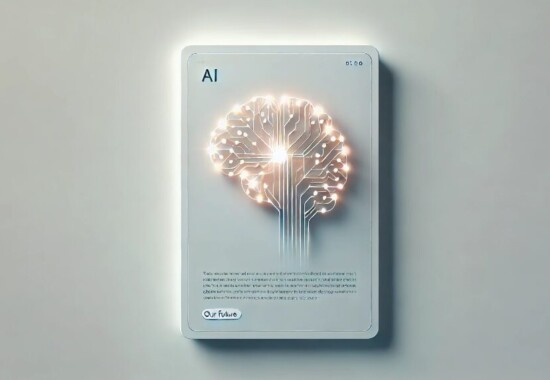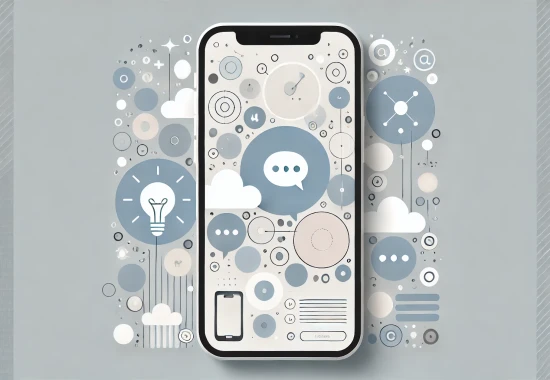What is Web3? / Web3とは?次世代インターネットの姿
What is Web3? A Glimpse into the Future of the Next-Gen Internet
Have you heard of Web3?
Technically speaking, it refers to the “decentralized, next-generation internet.” This concept is expected to transform how we interact online, and I am very excited about the potential it brings.
Web3とは?次世代インターネットが実現する未来の姿
Web3という言葉をご存知ですか?
少し難しく言うと「分散型の次世代インターネット」の事です。
このWeb3は世の中の流れを大きく変えると言われていて、
私もメチャクチャ期待している分野です。
Understanding the Differences: Web1, Web2, and Web3
Since there is a Web3, you may wonder about Web1 and Web2, and indeed, both have distinct roles:
- Web1
Web1 represents the early internet, where information was communicated in a one-way direction from creators to users.
A typical example is a company’s homepage, where information flows from the company to the audience. - Web2
Web2 is the “interactive internet,” which allows two-way communication.
Social media is a prime example of Web2, where people can engage and share content interactively.
The difference between Web1 and Web2 lies in the direction of interaction; while Web1 was one-way, Web2 allows mutual exchange.
Now, let’s dive into what Web3 is all about.
Web1・Web2・Web3の違いについて
Web3というだけあってWeb1とWeb2のどちらもあります。
- Web1
Web1は「発信者が一方的に発信するインターネット」の事で、
企業のホームぺージなどかこれに該当します。 - Web2
Web2は「各個人が相互で会話出来るインターネット」の事で、
SNSがこれに該当します。
Web1とWeb2の違いは発信の方向性で、一方通行なのがWeb1で相互に発信できるのがWeb2です。
ではWeb3とはなにかについて書いていきたいと思います。
What is Web3?
Web3 is known as the “decentralized next-generation internet,” which is set to reshape the current structure of the online world.
With Web3, we see the internet moving toward a more decentralized structure, where individual users hold greater control over their interactions and data.
Web3とは?
Web3とは「分散型の次世代インターネット」で、現在のインターネットのあり方を大きく変える技術です。
Web3では、さらに分散型で個人が権利主導されを続ける形に進化しています。
Key Features of Web3
- Decentralization
Unlike Web2, where intermediaries like banks or credit card companies manage transactions, Web3 enables direct exchanges through digital currencies such as cryptocurrencies. - Self-Custody of Digital Assets
In Web2, data is managed by centralized platforms like social media.
In contrast, Web3 stores data on the blockchain, allowing individuals to fully manage their data.
This decentralization gives people more freedom in sharing and accessing information without the influence of platform control. - DAO (Decentralized Autonomous Organization)
A DAO is an organization that operates without a central manager, relying on members’ votes to make decisions. DAOs offer a transparent, democratic alternative to traditional organizations or companies.
Web3の特徴
- 分散型:
これまで銀行金融やクレジットカード会社が仲介していた取引が、仮想通貨などを用いて直接送金されます。 - デジタル資産の自己管理:
Web2ではデータがSNSプラットフォームに管理されていましたが、Web3ではブロックチェーン上にデータを保存し、
完全に個人が管理できるようになります。
プラットフォームの影響を受けなくなり、より自由な情報の発信や受信が可能です。 - DAO(分散型自律組織):
企業や団体とは異なり、特定の管理者がいない組織のことを言います。
参加者全員の投票によって意思決定が行われ、より透明で民主的な組織運営が可能になります。
How Web3 Will Shape the Future
As this new internet model gains traction, everyday transactions, information management, and organizational structures will become more flexible and user-driven, potentially transforming society.
By 2030 and beyond, Web3 concepts could dramatically change how we live and work.
I’ll be sharing more information about Web3 on this blog, so if you’re interested, stay tuned!
Web3がもたらす未来
この新しいインターネットの形が普及すれば、日常的な取引や情報管理、組織運営が個人の意思でより柔軟になれるように、社会の構造が変わると予想されます。
2030年以降、Web3の概念が広がり、私たちの生活や仕事のあり方が大きく変わっているかもしれません。
またWeb3についての情報をこのブログで発信していきますので、興味のある方はぜひご覧ください。






この記事へのコメントはありません。